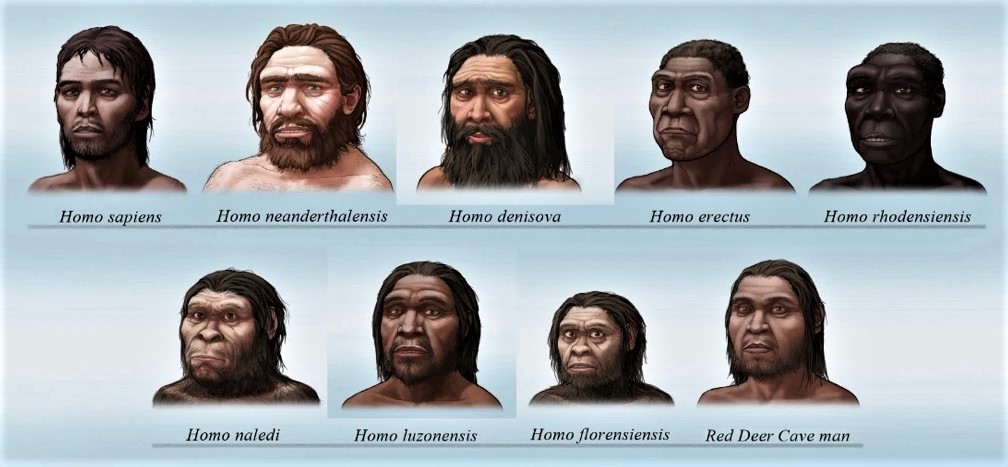7667766266
enquiry@shankarias.in
The Nobel Prize for Physiology 2022 has been awarded to Svante Paabo, Swedish geneticist, who pioneered the field of palaeogenomics.
DNA is concentrated in both the nucleus and mitochondria. While nuclear DNA stores most of the genetic information, the mitochondrial genome is more retrievable.

References
Quick facts
Neanderthals (Homo neanderthalensis)
Denisovans